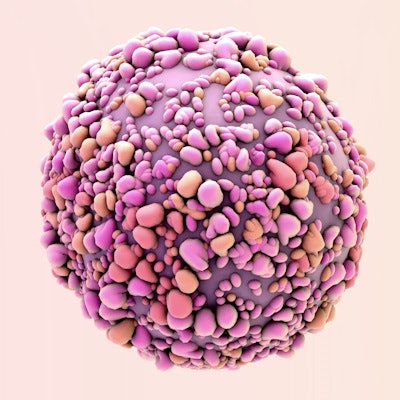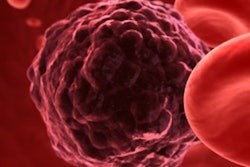
Men with breast cancer have mortality rates 19% higher compared with women with the disease, according to a study published September 19 in JAMA Oncology. The results suggest that further research is needed on the biological features of male breast cancer and tailored treatment for men, the researchers noted.
"Mortality after cancer diagnosis was higher among male patients with breast cancer compared with their female counterparts ... [and] such disparity appeared to persist after accounting for clinical characteristics, treatment factors, and access to care," wrote the study authors, led by Dr. Fei Wang, PhD, of Vanderbilt University Medical Center in Nashville, TN.
Male breast cancer is uncommon, but its incidence has increased by 40% over the past 40 years, from 0.85 cases per 100,000 men in 1975 to 1.19 cases per 100,000 men in 2015, according to the researchers. The American Cancer Society has estimated that more than 2,000 new cases of invasive male breast cancer will be diagnosed in the U.S. in 2019, and about 500 of these men will die from it.
Wang's group sought to investigate the mortality disparity between men and women with breast cancer, conducting a study that included National Cancer Database data from 1.81 million patients diagnosed with the disease between January 2004 and December 2014 (16,025 men and 1.8 million women).
The primary outcome was survival; secondary outcomes were three- and five-year mortality rates. The researchers assessed factors such as race/ethnicity, clinical characteristics, treatments, and access to care to explore the association between sex and mortality.
Wang and colleagues found that, compared with female patients, male patients had lower survival rates both overall and at three and five years after diagnosis.
| Male and female breast cancer survival rates | ||
| Survival rates | Men | Women |
| Overall survival rate | 45.8% | 60.4% |
| 3-year survival rate | 86.4% | 91.7% |
| 5-year survival rate | 77.6% | 86.4% |
Factors such as older age, more advanced disease, and undertreatment were associated with a 63.3% higher mortality rate for male patients compared with female patients, the group noted.
"In this study, higher proportions of male patients had more advanced disease compared to female patients, which could be attributed to lack of awareness and screening of breast cancer in men," the team wrote. "However, despite their aggressive clinical characteristics, male patients were less likely to receive conventional treatments."
Future research should concentrate on "why and how clinical characteristics, as well as biological features, may have different implications for the survival of male and female patients with breast cancer," Wang's team wrote.
"Additional factors, particularly compliance to treatment, biological attributes, and lifestyle factors (e.g., smoking, drinking, and obesity), should be assessed to help in developing treatments tailored for men, which would mitigate this sex-based disparity," the group concluded.




















